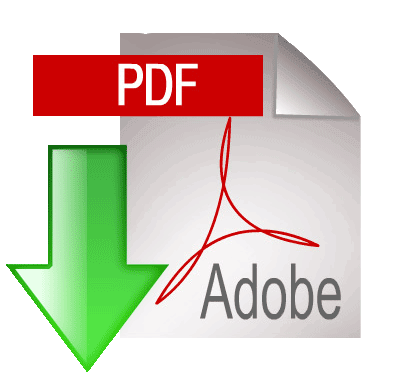Search
1 - 3 of 3 results
-
Estrone
Estrone (E1) is one of the three major naturally-occurring estrogens. It is principal estrogene in women after menopause, when ovarian production of estradiol ceases. The determination of estrone can be used in the assessment of fertility status and sexual development. It can be used in monitoring hormone replacement therapy in postmenopausal women. It can be also useful as an aid in diagnosis of precocious and delayed puberty in girls and as an aid in diagnosis of disorders of sex steroid metabolism (e.g. aromatase deficiency and 17α-hydroxylase deficiency).
-
Estrone Sulfate
Estrone sulfate (E1-S) is a sulfate derivative of estrone, and is the most abundant form of circulating estrogens in both men and non-pregnant women.
Estrone sulfate itself does not have direct estrogenic activity, it may be considered rather as a slowly-metabolized estrogen reservoir. The determination of estrone sulfate, as a marker of global estrogenic activity, can be used for monitoring of hormone replacement therapy in postmenopausal women.
-
REPRODUCTIVE
Human reproductive system 
Estrogens 
Androgens 





